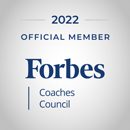Politicians speak the language of popularity to generate votes. Politicians are a product of their environment. They speak the language of politics and government, easily argued as “playing the game.” The problem is that people lose faith in the process when we hear the language of popularity in use: “You don’t like what I said? Well, let me phrase it in a more pleasant way.” How many times do you tune out campaign commercials because they use the same catch phrases, language, and promises?
This scenario is not at all different from what your prospect experiences in the marketplace. Many have lost faith in sales professionals. RFPs are great examples of this. You show up at your prospects’ and customers’ front doors with the best intentions, but your language doesn’t connect. Sometimes it’s a challenge for prospects to decipher what you’re saying.
Every Firm, Every Industry Speaks A Unique Language
Politicians communicate what they know best – the language of politics, party and government. You, similarly, show up speaking the well-worn sales language of your company or industry. You’ve been trained in this language, in fact you’ve lived and operated your entire career immersed in it. The problem is they don’t represent the language in which your prospect makes decisions to change.
Your Company Has its Own Language
Your company’s language is comprised of the dozens of emails you receive daily, your employee handbook, website, meetings, sales collateral, social media, and water-cooler conversations. This is the language you hear day in and day out, read and speak all day, 365 days a year. Your industry’s vernacular includes buzzwords, acronyms, trade language via magazines and trade shows, and any language from other press your industry generates. It’s akin to sitting in a large hall with hundreds of other professionals in your industry. You all have a similar language that creates common bonds.
You Have Your Own Sales Language
Depending on when and where you received your sales training, this will include terms such as “spin,” “wedge,” “solution,” “open-ended,” “close-ended.” You get the picture. These are all concepts that help you achieve what you want and need (just like politicians who use the words that will help them win re-election, you use the words that will get you the sale).
Think about the amount of time you invest in learning and speaking these languages. None of them represent the language of your customer. This leaves us with one more unspoken language, the language of change.
The Language of a Change Decision
The language of change is the language your prospects and customers speak. It’s based on their views and expectations. This isn’t suggesting their views and expectations are right or wrong, but it is your job to understand and speak it. Your prospects don’t care about your features and benefits until they connect how a change will impact what they do and what they need.
Communication in sales is about being able to translate what you do and how you can help into the words and experiences of your prospects. You can’t do this is you’re always defaulting to languages described above.
In sales, you lose credibility when you don’t speak the prospect’s language the first time around. Why? Because your prospects and customers lose faith when you sound like everyone else. In sales, unlike politics, you don’t get a second chance to reposition what you said the first time around.



